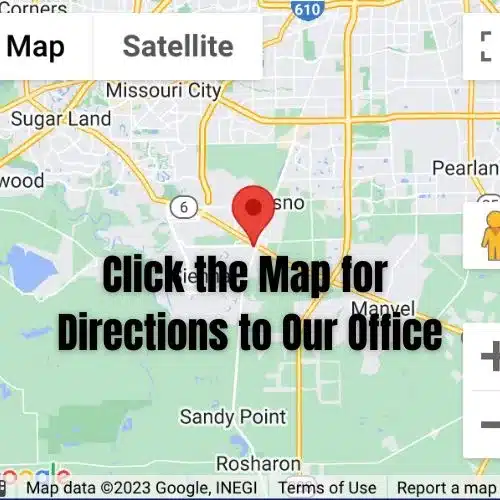How to Water Your Grass in the Houston Area: The Complete Guide
Introduction: Why Knowing How to Water Matters
Learning how to water your grass correctly is the single most important step to achieving a lush, green lawn in the Houston area. With Houston’s hot summers and unpredictable rainfall, understanding how to water—when, how much, and how often—can make the difference between thriving turf and a struggling yard.
How to Water Newly Planted Grass
Why Immediate Watering is Critical
If you’ve just installed new sod, knowing how to water it right away is essential. As soon as the grass is laid, begin watering—don’t wait until later in the day or the next morning. Immediate watering helps the grass recover from transplant shock and ensures the roots make good contact with the soil.
How Much Water to Use on New Sod
- On the first day, apply two inches of water to the new grass. This is true whether you’re planting in the heat of July or the cool of January.
- The goal is to saturate the soil, eliminate air pockets, and help the sod “seal” to the ground.
- For the next two weeks, continue to water with one inch of water per day. In cooler months, you may reduce this to one week, but in summer, stick to two weeks of daily watering.
Pro Tip: Use a rain gauge to measure how much water your sprinkler or irrigation system is delivering.
How to Water Grass in Shaded Areas
Shaded lawns, especially those with varieties like Palmetto, require special attention. While you still need to water two inches on the first day, be careful not to overwater in the following days. After the first week, start reducing the amount of water to prevent fungal issues.
How to Prevent Fungal Problems When Watering
Overwatering, especially in shaded areas, can lead to fungal diseases like gray leaf spot. Here’s how to water without inviting fungus:
- Apply a fungicide like Heritage G as a preventive measure.
- Watch for early signs of fungus, such as discolored patches or spots.
- Adjust your watering schedule if you notice symptoms.
How to Water Established Grass for a Healthy Lawn
Deep vs. Shallow Watering: What’s Best?
When it comes to how to water established grass, deep and infrequent watering is key. Avoid daily, shallow watering, which keeps roots near the surface and makes your lawn more vulnerable to drought.
- Water with one inch per week, ideally split into two half-inch sessions.
- In extreme heat or drought, you may need to water three times a week.
How to Measure Watering Effectiveness
- Place several rain gauges around your yard to see how long it takes to deliver a half-inch of water in each area.
- Different sprinkler heads may distribute water unevenly, so check each zone.
How to Tell When Your Lawn Needs Water
- Try the screwdriver test: Insert a long screwdriver into the soil. If it goes in easily and comes out muddy, your lawn is well-watered. If it’s hard to push in or comes out clean, it’s time to water.
- Look for signs of drought stress, such as wilting, bluish-gray grass, or footprints that remain visible.
Frequently Asked Questions: How to Water Grass in Houston
Q: How often should I water my grass in Houston’s summer?
A: For new sod, water daily for two weeks. For established lawns, water deeply twice a week, increasing to three times during extreme heat.
Q: Can I overwater my grass?
A: Yes, especially in shaded areas. Overwatering can cause fungal diseases and root problems.
Q: What’s the best time of day to water?
A: Early morning is best. Avoid watering in the evening to reduce the risk of fungus.
Q: How do I know if I’m watering enough?
A: Use rain gauges and the screwdriver test to check soil moisture.
Contact Houston Grass for More Help
If you have more questions about how to water your grass, call Houston Grass at 281-431-7441. Visit us just off Highway 6, a little east of Sienna, for expert advice, lawn care products, grass pickup, delivery, and professional installation. Our grass comes from our family farm in Bay City where we’ve been growing quality second to none since 1981.
Remember: Mastering how to water your lawn is the foundation for a beautiful, resilient yard in Houston’s challenging climate.

